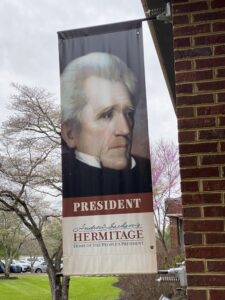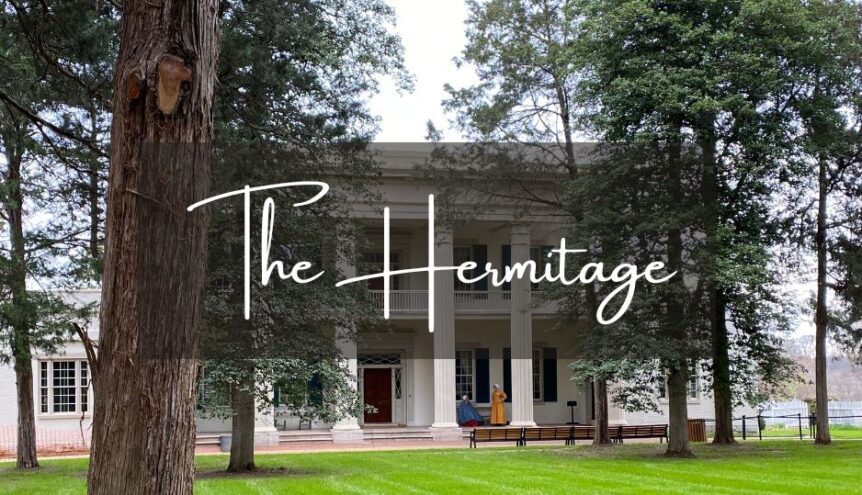 To kick off the release for my newest novel Shadow Dancing, I’m going to highlight a different Middle Tennessee Plantation over the next seven days. Even though my novels are in the contemporary genre, I think the rich Civil War history of this area is fascinating. You may recall that when Book 1 in my Bedford County Series released last April, I did a week-long post on some interesting facts (and history) of Tennessee, and this fits quite well with that series.
To kick off the release for my newest novel Shadow Dancing, I’m going to highlight a different Middle Tennessee Plantation over the next seven days. Even though my novels are in the contemporary genre, I think the rich Civil War history of this area is fascinating. You may recall that when Book 1 in my Bedford County Series released last April, I did a week-long post on some interesting facts (and history) of Tennessee, and this fits quite well with that series.
We are living in a culture that would like to erase our history because it’s offensive. But I truly believe philosopher George Santayana’s quote, “Those who do not learn history are doomed to repeat it.” While it is true that plantations were successful only because of the slave trade, they existed, and turning our backs on it won’t change that. So, I hope you’ll soak in what I have to share while celebrating how far we’ve come.
Andrew Jackson’s Hermitage is first on my list of Tennessee Plantations. You will remember that he was our seventh president, and while he was criticized for his part in The Trail of Tears, he was also honored as a national hero for his military achievements. As the docent during my plantation tour pointed out, he did not start the Trail of Tears, and it went on for years after he was no longer a part of it. Somehow, he still became the face of it.
Andrew Jackson purchased a 425-acre farm from Nathanial Hays and named it “the Hermitage.” It sits about twelve miles east of Nashville. The original home was a group of log buildings, which is where he and his wife Rachel lived for many years. It wasn’t until 1819 (after Jackson earned his war hero status in the War of 1812) that construction of the original mansion began. The site, chosen by Rachel, was on top of a secluded meadow.
It was a two-story (what they called two floors back then) with four rooms on each level. The first floor had two parlors, a master bedroom, and a dining room. The second floor had four bedrooms. There were nine fireplaces and a kitchen in the basement. Of course, there wasn’t a bathroom inside the house. So, even the rich and famous had to traipse outside to do their business (or use a chamber pot).
I’ve always been fascinated with antiques, and there were plenty of them here to drool over. That was when furniture was made with real, quality wood, and the makers were skilled craftsman. Not a piece of particle board in the entire mansion!
When on tour of these beautiful homes, there is no photography allowed inside. But I was able to get some good shots of the outside, and I especially loved the garden. I can only imagine what it looked like in its prime when it was created for Andrew Jackson’s wife. The original was designed by English gardener, William Frost who, of course, patterned it after an English-style garden. It was filled with irises, roses, peonies, geraniums, daisies, and crepe myrtles—all of which I have in my own flower beds. Somehow, mine doesn’t look quite the same. The Jackson’s garden also included fruit trees, berry bushes, vines, herbs, etc. Very practical.
Andrew Jackson was elected president in 1828. It was during his stressful presidential campaign that Rachel became ill and died. No one is sure what killed her, but it was most likely a heart issue. Jackson had her buried in her beloved garden. Sadly, it was a newly widowed Jackson who entered the White House. It’s said he consoled himself by his presidency and directing a huge renovation of the Hermitage.
Jackson had the Hermitage expanded to thirteen rooms. Two one-story wings were added on each side of the house—the east wing and the west wing. One included a library and office, the other included a dining room and pantry. A kitchen and smokehouse were added behind the home.
In 1834, while Jackson was still in the White House, a chimney fire destroyed the eastern wing and central parts of the home. When Jackson had it redesigned, he chose a Greek Revivalist style—which included two-story, Corinthian columns along the front porch. The inside also got a facelift, which included Greek Revival-style woodwork and marble mantles, a circular staircase, and “modern” wallpaper imported from France. This isn’t our mama’s pre-pasted or peel-and-stick paper. Imagine back then ordering it from Europe. The cost alone would’ve been exorbitant.
Something I found quite interesting was that childless Rachel and Andrew adopted Rachel’s infant nephew in 1808 and named him Andrew Jackson Jr. Apparently her family had so many children, one wouldn’t be missed. Can you imagine basically handing one of your kids over to a sibling to raise because they didn’t have any of their own? It’s a Dr. Phil special in the making. However, they also became guardians for several other children who’d lost one or more parents including a Native American boy named Lyncoya. It was reported that Jackson found his dead mother on the battlefield and took him home to care for him.
Of course, we cannot discount that Jackson was a slave owner, like most every plantation owner of his time. Although he was a successful businessman, attorney, and of course, president of the U.S., most of his wealth came from having slaves working his fields. He also had enslaved people as cooks, housekeepers, butlers, carriage drivers, etc. He actively went after runaways and allowed them to be whipped if they broke his rules.
The Hermitage had separate living quarters for slaves and field hands. They were mostly two-room, 400 square-foot log or brick cabins. They each had a fireplace, and some of the slaves dug out basements or root cellars for their cabins. A few of these homes still stand at the Hermitage today.
Andrew Jackson died on June 8, 1845, and was laid to rest beside Rachel in their garden. His adopted son, Andrew Jr., inherited the Hermitage and most of the slaves, but he wasn’t business savvy and quickly went into debt. He eventually sold the remaining estate to the State of Tennessee, provided that he and his family could continue to live there.
I had forgotten that Andrew Jackson had been given the name “Old Hickory” from his troops after defeating the British in the Battle of New Orleans during the War of 1812. There is a historic road that encircles Nashville called Old Hickory, and as a former U.S. history teacher, I’m embarrassed to admit it wasn’t until I toured the Hermitage that I made the connection. It was a definite light-bulb-moment for me.
I’ve accumulated a few of the pictures and videos that I took outside the home for your viewing pleasure. Be sure to enter here for a chance to win a $50 Amazon Gift Card and come on back tomorrow for another Plantation viewing.







Comments 4
I commented on the Facebook post, but this was fascinating! I love history and touring historical homes!
Author
This series was a lot of fun because it gave me the opportunity to do just that.
This tour was so informative. Thanks for the additional information.
Author
I’m so glad you’re enjoying it.